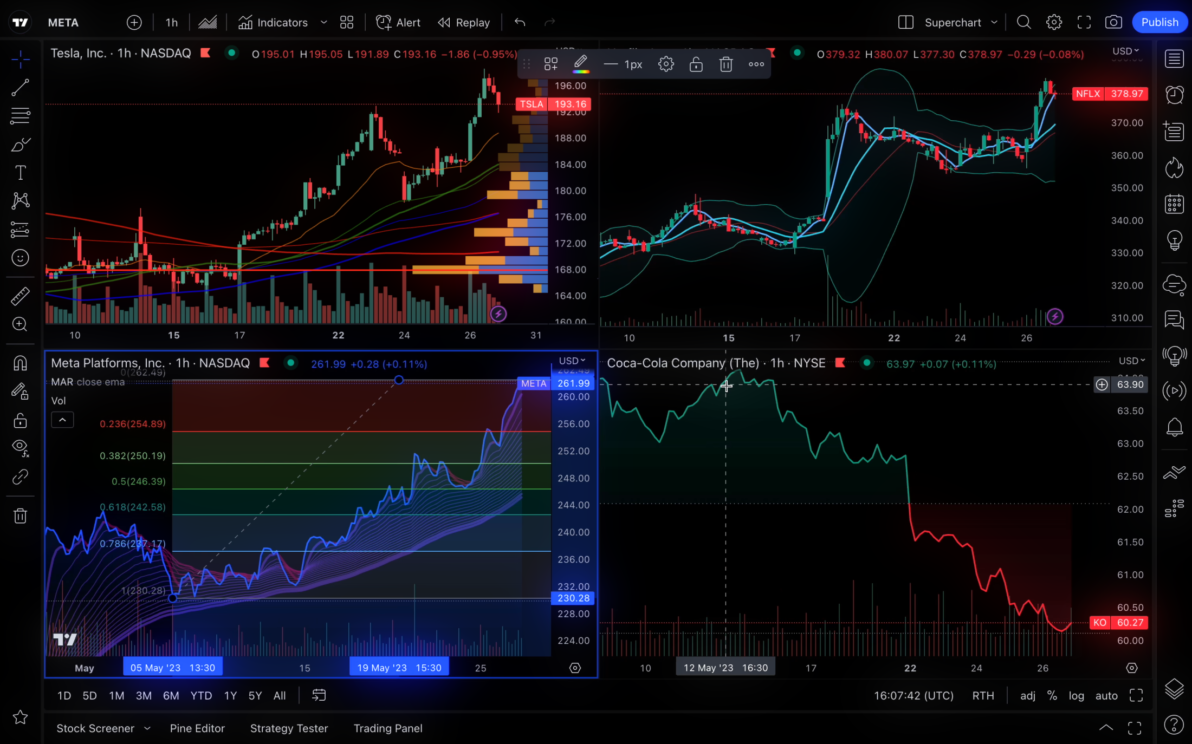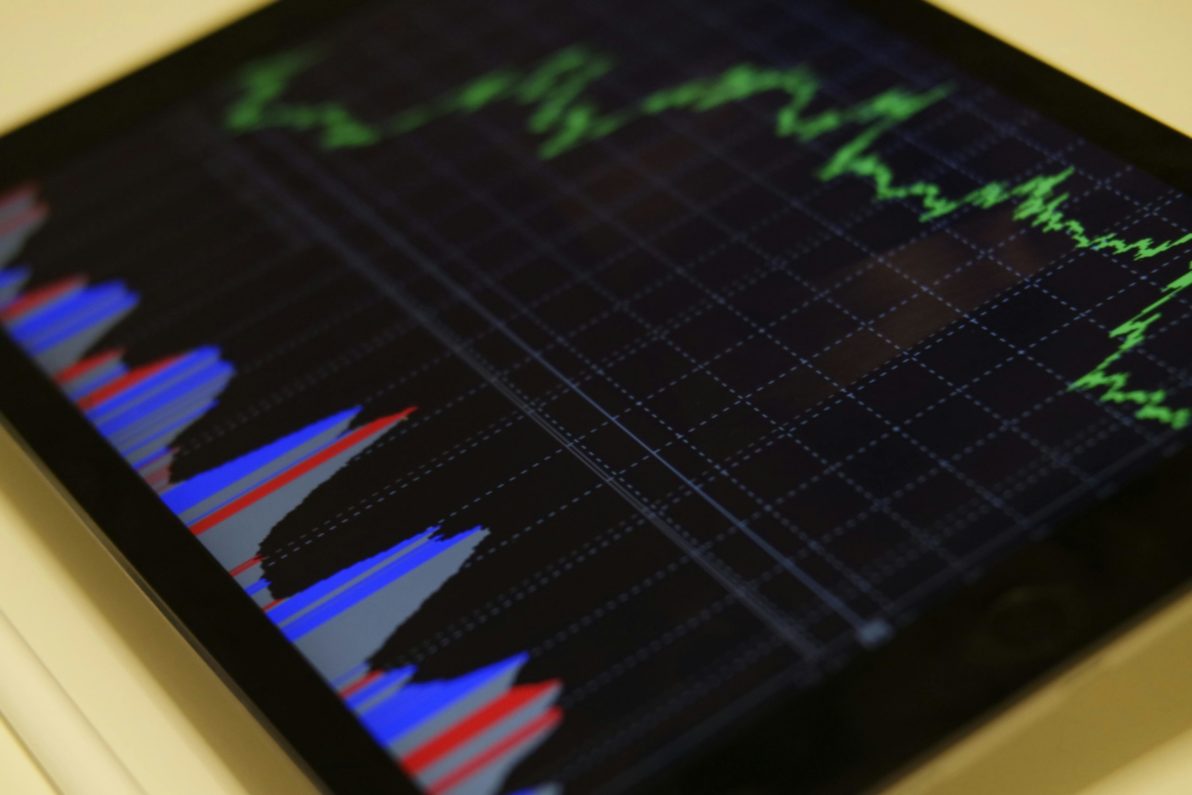Master Your Portfolio: Choose the Right Financial Products

Selecting your Financial Products
Reading time: Approximately 10 minutes
Selecting the appropriate financial products is a foundational step for traders aspiring to build a successful and diversified portfolio. With a multitude of options available, understanding the unique roles and characteristics of instruments like Stocks, ETFs, Forex, Commodities, and Indexes is very important. This comprehensive guide aims to provide traders with insights into these financial products and strategic considerations for integrating them into trading plans.
To simplify your decision-making process, the following table compares these five financial instruments across key variables:
| Financial Instrument | Description | Accessibility | Risk Level | Liquidity | Main Role/Use |
| Stocks | Shares representing ownership in a company | High (via brokers) | Medium to High | High | Capital growth and dividend income |
| ETFs | Funds tracking indexes or sectors, traded like stocks | High (via brokers) | Medium | High | Diversification and broad market exposure |
| Forex | Trading of currency pairs in the global market | High (24/5 market) | High | Very High | Speculation on currency movements; hedging against currency risk |
| Commodities | Basic goods like metals, energy, and agriculture | Medium (via brokers) | Medium to High | Variable (depends on commodity) | Inflation hedge and portfolio diversification |
| Indexes | Benchmarks representing a group of assets | High (via derivatives like ETFs, futures) | Medium | High | Investing in overall market trends rather than individual assets |
Understanding the Role of Financial Products in a Portfolio
A well-balanced portfolio often comprises various financial instruments, each contributing differently to the overall investment objectives. Recognising the common usages of these products helps in tailoring a portfolio that aligns with individual goals, risk tolerance, and market outlook.
- Stocks: Represent shares of ownership in publicly traded companies. Investing in stocks offers the potential for capital gains through appreciation in stock prices and income through dividends. Stocks can be a core component of a portfolio, providing growth opportunities.
- ETFs (Exchange-Traded Funds): Investment funds traded on stock exchanges, much like individual stocks. They hold assets such as stocks, commodities, or bonds and typically track an index or sector. ETFs offer diversification benefits, cost-effectiveness, and flexibility, making them suitable for investors seeking broad market exposure without the need to purchase individual assets.
- Forex (Foreign Exchange): Involves the trading of currencies and is the largest financial market globally. Trading Forex allows investors to speculate on currency movements, which are influenced by economic indicators, geopolitical events, and market sentiment. Forex trading provides opportunities for profit in both rising and falling markets due to constant currency fluctuations.
- Commodities: Basic goods used in commerce that are interchangeable with other goods of the same type. Common commodities include precious metals like gold and silver, energy resources like oil and natural gas, and agricultural products like wheat and coffee. Investing in commodities can act as a hedge against inflation and diversify a portfolio due to their low correlation with traditional asset classes.
- Indexes: Measure the performance of a group of assets, representing a specific market segment or the market as a whole. Examples include the S&P 500, FTSE 100, and Nikkei 225. Trading indexes, often through index funds or derivatives like futures and options, allows investors to invest in market trends rather than individual securities.
Delving into Each Financial Product
Understanding the specifics of each financial instrument is crucial for making informed trading decisions. Each product offers unique opportunities and comes with its own set of considerations.
The table below highlights the main variables for each financial instrument to help streamline your selection process:
| Financial Instrument | Market Hours | Volatility | Leverage Availability | Regulatory Oversight | Ideal For |
| Stocks | Exchange hours | Moderate | Limited | High | Long-term growth and dividend income |
| ETFs | Exchange hours | Low to Moderate | Limited | High | Diversification and passive investing |
| Forex | 24 hours (Mon-Fri) | High | High | Varies by jurisdiction | Active trading and currency speculation |
| Commodities | Commodity market hours | Moderate to High | High | Regulated commodity markets | Hedging against inflation and diversification |
| Indexes | Exchange hours | Moderate | Available via derivatives | High | Broad market exposure |
By examining these variables, traders can align their choices with their investment strategies and risk tolerance.
Stocks
Investing in stocks means purchasing shares of individual companies, allowing traders to become partial owners and potentially benefit from the company’s growth and profitability.
Key Factors to Consider:
- Company Performance: Assess financial health by reviewing earnings reports, revenue growth, and debt levels.
- Industry Outlook: Understand the trends and challenges within the sector.
- Valuation Metrics: Utilize ratios like P/E and P/B to evaluate stock pricing.
- Dividend History: Consider if the company offers dividends for income generation.
ETFs
ETFs provide exposure to a basket of assets, offering diversification in a single investment.
Key Factors to Consider:
- Underlying Assets: Identify what the ETF tracks—be it an index, sector, or commodity.
- Expense Ratios: Lower fees can improve overall returns.
- Liquidity: Higher trading volumes facilitate easier entry and exit.
- Tracking Accuracy: Ensure the ETF closely follows its benchmark.
Forex
The Forex market involves trading currency pairs, capitalizing on fluctuations in exchange rates.
Key Factors to Consider:
- Economic Indicators: Keep an eye on interest rates, inflation, and employment data.
- Global Events: Political and economic events can significantly impact currency values.
- Risk Management: Use tools like stop-loss orders due to high volatility.
- Broker Selection: Choose a reputable broker with robust regulatory compliance.
Commodities
Trading commodities involves dealing with physical goods like metals, energy resources, and agricultural products.
Key Factors to Consider:
- Supply and Demand: Monitor factors affecting availability and consumption.
- Geopolitical Risks: Understand how global events influence commodity prices.
- Investment Method: Decide between physical commodities, futures contracts, or commodity ETFs.
- Market Access: Be aware of trading hours and market regulations.
Indexes
Indexes represent a group of stocks, providing insights into market performance.
Key Factors to Consider:
- Composition: Know the sectors and companies included in the index.
- Investment Vehicles: Access indexes via index funds, ETFs, or derivatives.
- Market Trends: Use indexes to gauge overall market sentiment.
- Costs: Consider management fees and other expenses associated with index investing.
Summary
Selecting the right financial products involves a thorough understanding of each instrument’s characteristics and how they align with your trading objectives. By considering factors such as market hours, volatility, leverage, and regulatory oversight, you can make informed decisions that suit your investment goals and risk tolerance.
*BrokerSuperMarket does not offer financial advice. The information provided in this article is for informational purposes only and should not be considered investment advice. Trading financial instruments involves risks; you should consult with a qualified financial advisor before making any investment decisions.
February 14, 2025 05:07:00am
TradingView is a highly popular financial charting platform that caters to trade...
September 07, 2024 18:19:52pm
The energy industry remains crucial to the global economy, with traditional sect...








 en
en es
es